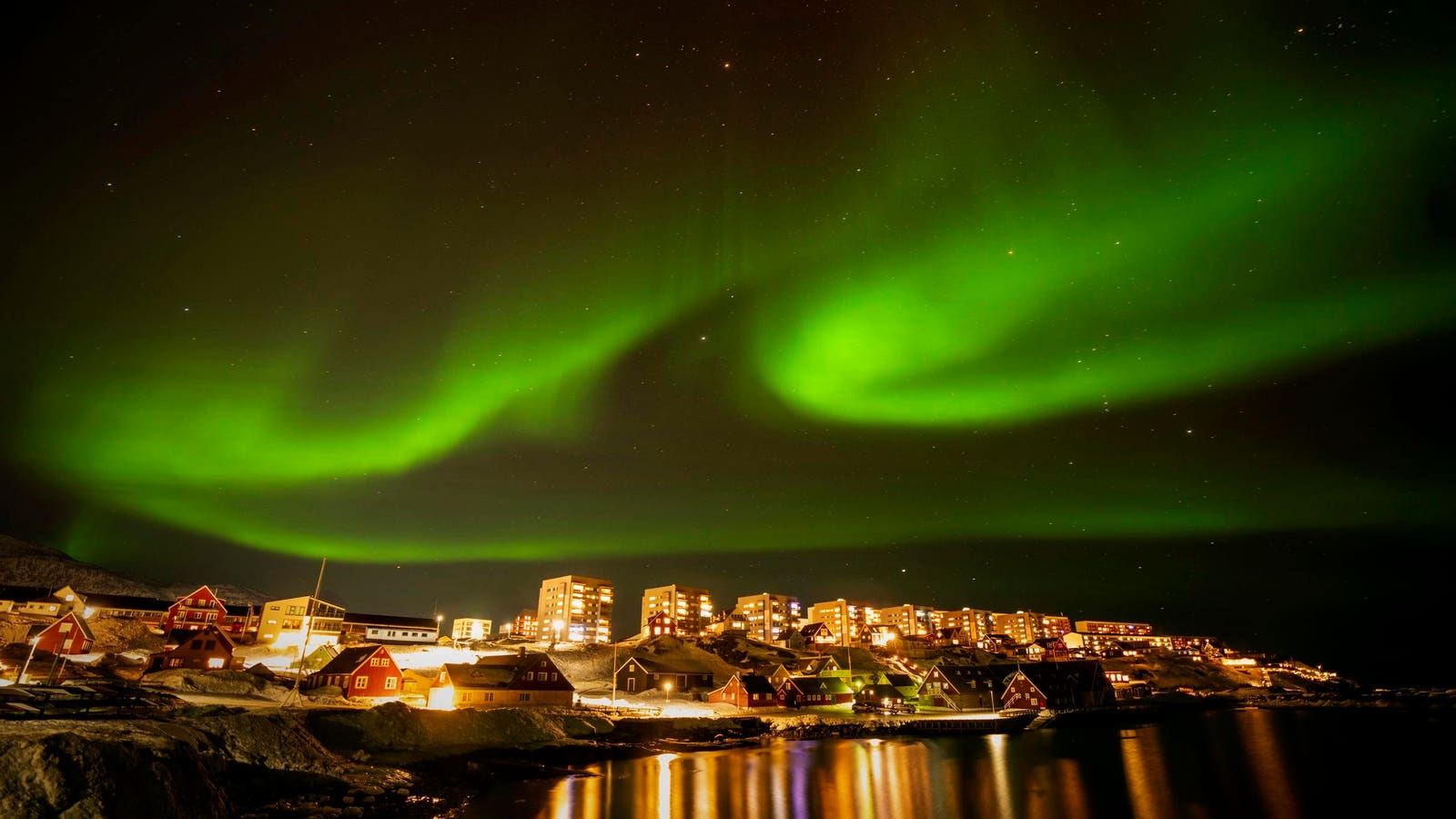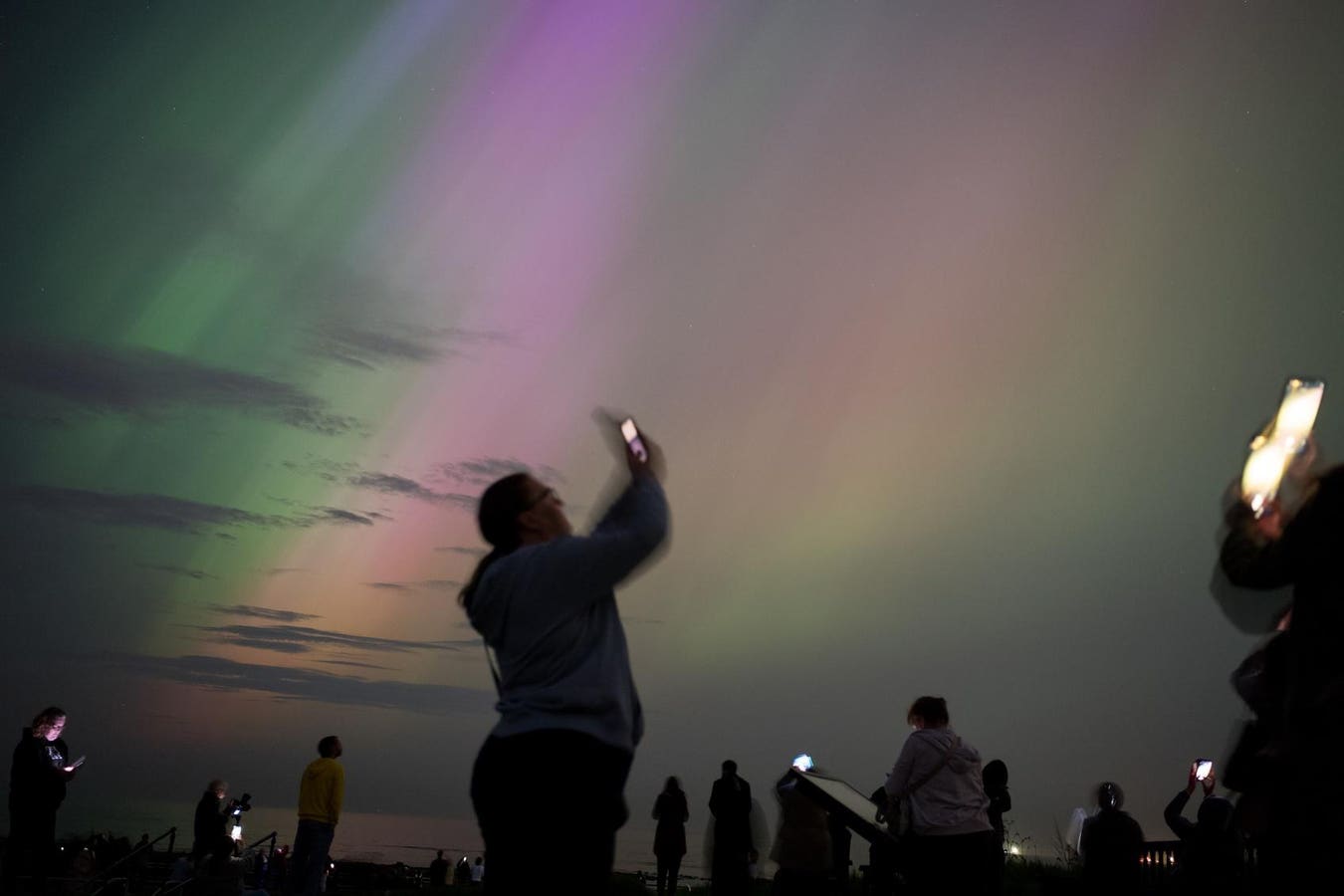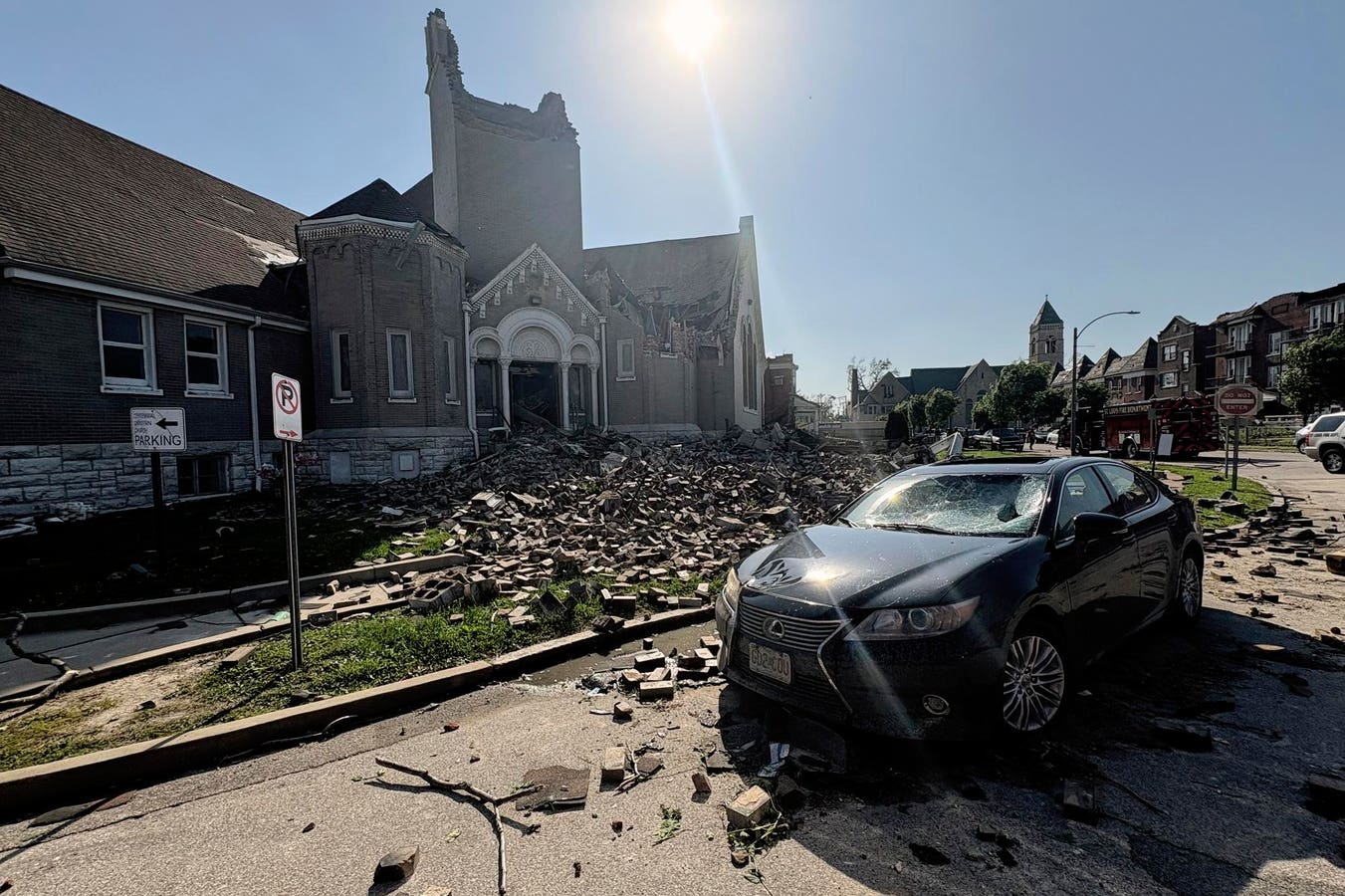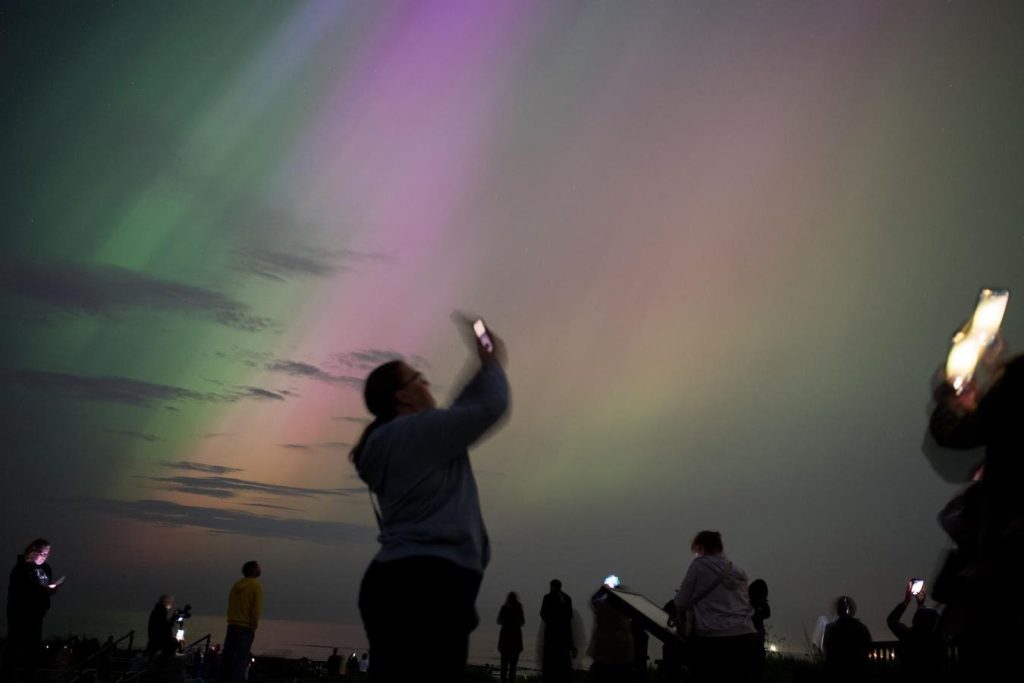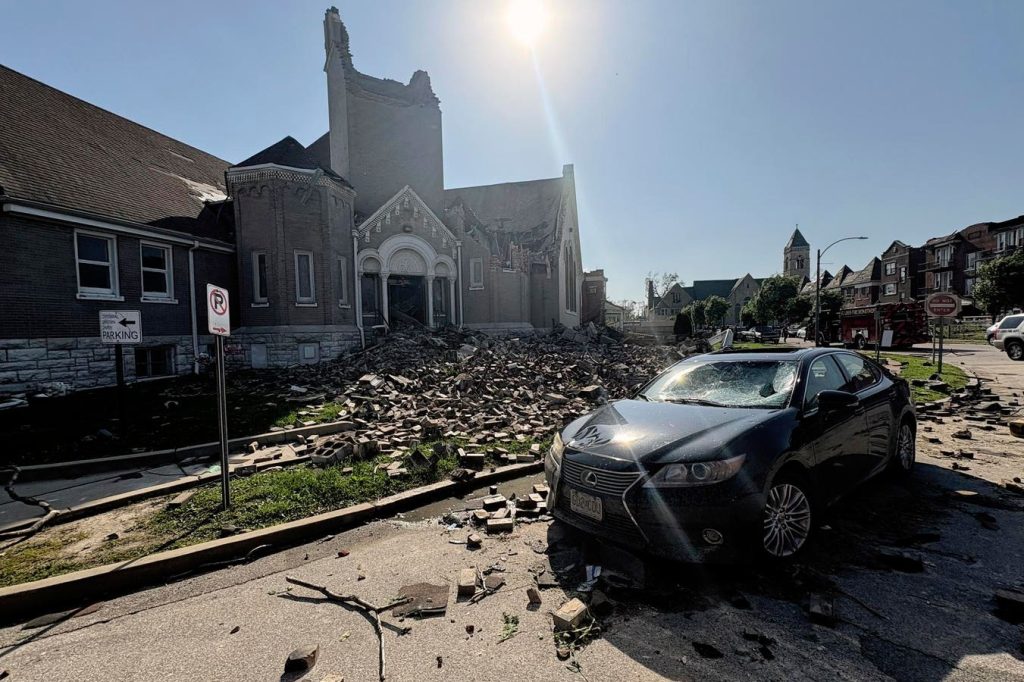Topline
A spot on the sun’s surface is expected to disrupt Earth’s magnetic field on Friday, bringing the northern lights to a selection of states along the Canadian border, according to the National Oceanic and Atmospheric Administration.
A spot on the sun’s surface will likely disrupt the Earth’s magnetic field, forecasters said.
Key Facts
NOAA forecast a Kp index of five on a scale of nine for Friday night, indicating the northern lights will move farther from the poles and be “quite pleasing to look at” for those in the right areas.
Increased auroral activity will likely result from geomagnetic storms Friday and Saturday amid “influence” from a coronal hole, or a cooler, less dense spot on the sun’s surface that disrupts Earth’s magnetic field, according to NOAA’s three-day forecast.
The northern lights are expected not to be as visible Saturday and Sunday, with a maximum Kp index of three forecast for either day, NOAA said.
Get Forbes Breaking News Text Alerts: We’re launching text message alerts so you’ll always know the biggest stories shaping the day’s headlines. Text “Alerts” to (201) 335-0739 or sign up here.
Where Will The Northern Lights Be Visible?
The highest chance of viewing the northern lights is forecast across northern Canada and Alaska, while areas in Washington, northern Idaho, Montana, North Dakota, Minnesota, Upper Michigan and Wisconsin have a lower chance. Parts of Wyoming, South Dakota, northern Iowa, New York, Vermont, New Hampshire and Maine have an even lower likelihood of seeing the phenomenon. (See map below.)
Friday night’s view line.
What’s The Best Way To See The Northern Lights?
NOAA recommends traveling to a high vantage point away from light pollution, as the northern lights are best seen between 10 p.m. and 2 a.m. local time.
What’s The Best Way To Photograph The Northern Lights?
Photography experts told National Geographic that a camera with a wide-angle lens, F-stop or aperture of four or less and focus set to the furthest possible setting is best for capturing the northern lights. If using a smartphone, NOAA recommends turning on night mode and disabling flash.
Key Background
Aurora borealis is the result of electrons from solar events like solar flares and coronal mass ejections interacting with oxygen and nitrogen in Earth’s atmosphere. This intersection causes these electrons to become “excited” and release the colorful displays of the northern lights. A peak in solar events was achieved in October 2024, according to NASA, amid what the agency said was a 500-year peak for northern lights displays. This peak, a “solar maximum,” will likely persist into early 2026, NASA said. The strongest geomagnetic storm in the last two decades disrupted Earth’s magnetic field in May 2024, bringing the northern lights as far south as northern Florida and Texas.

